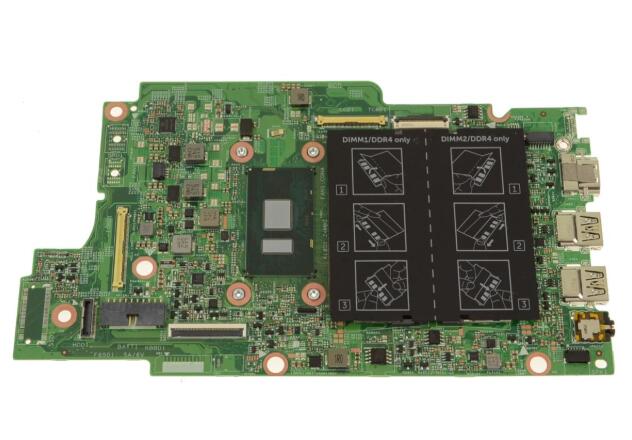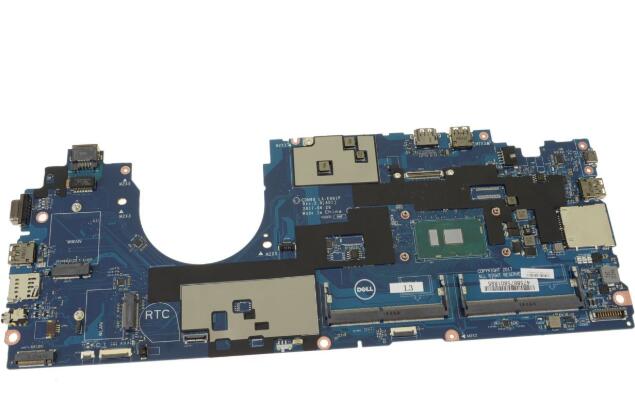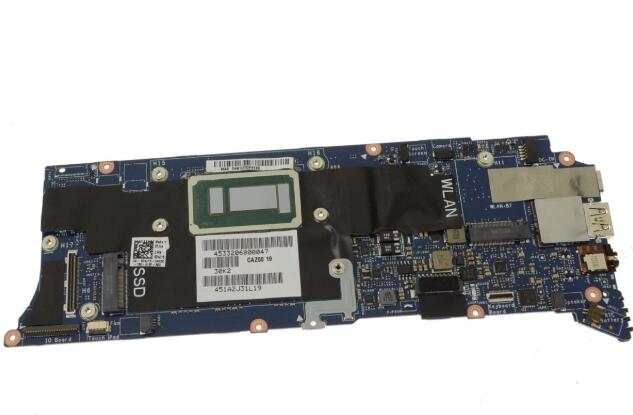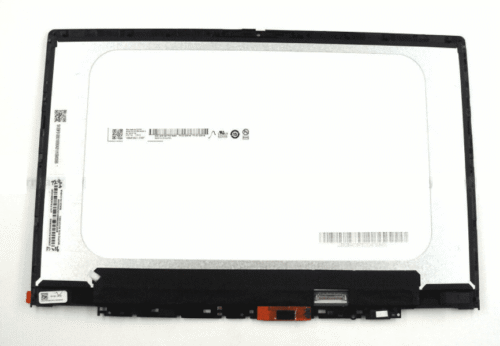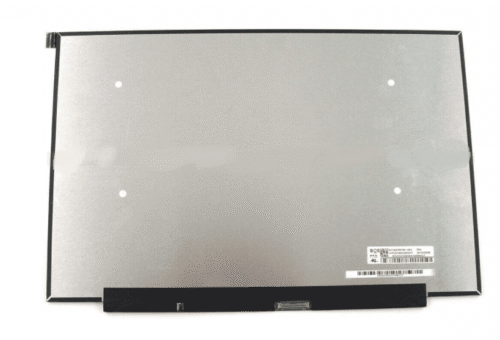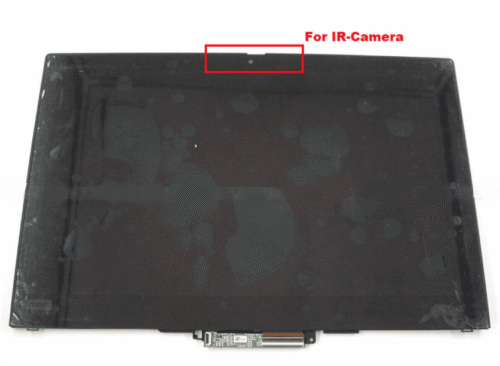What are the potential risks of overclocking a CPU on a motherboard and how could you mitigate these risks?
Overclocking a CPU can yield performance improvements, but it also carries certain risks and challenges. Here are some potential risks of overclocking a CPU on a motherboard and ways to mitigate them:
- Increased Heat Generation: Overclocking can significantly increase the heat generated by the CPU, potentially leading to overheating and instability. To mitigate this risk:
- Invest in a high-quality CPU cooler capable of handling increased heat dissipation.
- Ensure proper airflow within the PC case by installing case fans and optimizing cable management.
- Monitor CPU temperatures using hardware monitoring tools and adjust overclocking settings accordingly to maintain safe operating temperatures.
- Reduced CPU Lifespan: Overclocking can accelerate wear and tear on the CPU, potentially reducing its lifespan over time. To mitigate this risk:
- Keep overclocking within safe limits and avoid excessively high voltages and temperatures.
- Monitor CPU voltage levels and adjust voltage settings conservatively to minimize stress on the CPU.
- Periodically monitor CPU health and performance using diagnostic tools and stress-testing software to detect any signs of degradation.
- System Instability and Crashes: Overclocking can lead to system instability, crashes, and data corruption if not done properly. To mitigate this risk:
- Gradually increase clock speeds and test system stability using stress-testing software like Prime95 or IntelBurnTest.
- Monitor system stability during stress tests and adjust overclocking settings as needed to achieve stable operation.
- Keep track of system crashes and error messages to identify potential instability issues and adjust overclocking settings accordingly.
- Potential Damage to Components: Overclocking can potentially damage the CPU, motherboard, and other components if done improperly. To mitigate this risk:
- Ensure that the motherboard and power supply unit (PSU) can provide sufficient power and voltage regulation for overclocked components.
- Use overclocking features and tools provided by the motherboard manufacturer to adjust settings safely.
- Avoid exceeding recommended voltage and temperature limits specified by the CPU manufacturer to prevent damage to the CPU and other components.
- Voiding Warranty: Overclocking may void the warranty of the CPU and other components, as manufacturers typically do not cover damage caused by overclocking. To mitigate this risk:
- Understand the terms and conditions of the warranty before overclocking, and consider the potential consequences.
- Consider purchasing an aftermarket warranty or extended warranty that covers overclocking-related damage, if available.
Overall, while overclocking can provide performance gains, it’s essential to approach it cautiously and methodically to mitigate risks and ensure the long-term stability and reliability of the system. Proper cooling, monitoring, testing, and adherence to safe operating limits are key to successful and safe overclocking.

